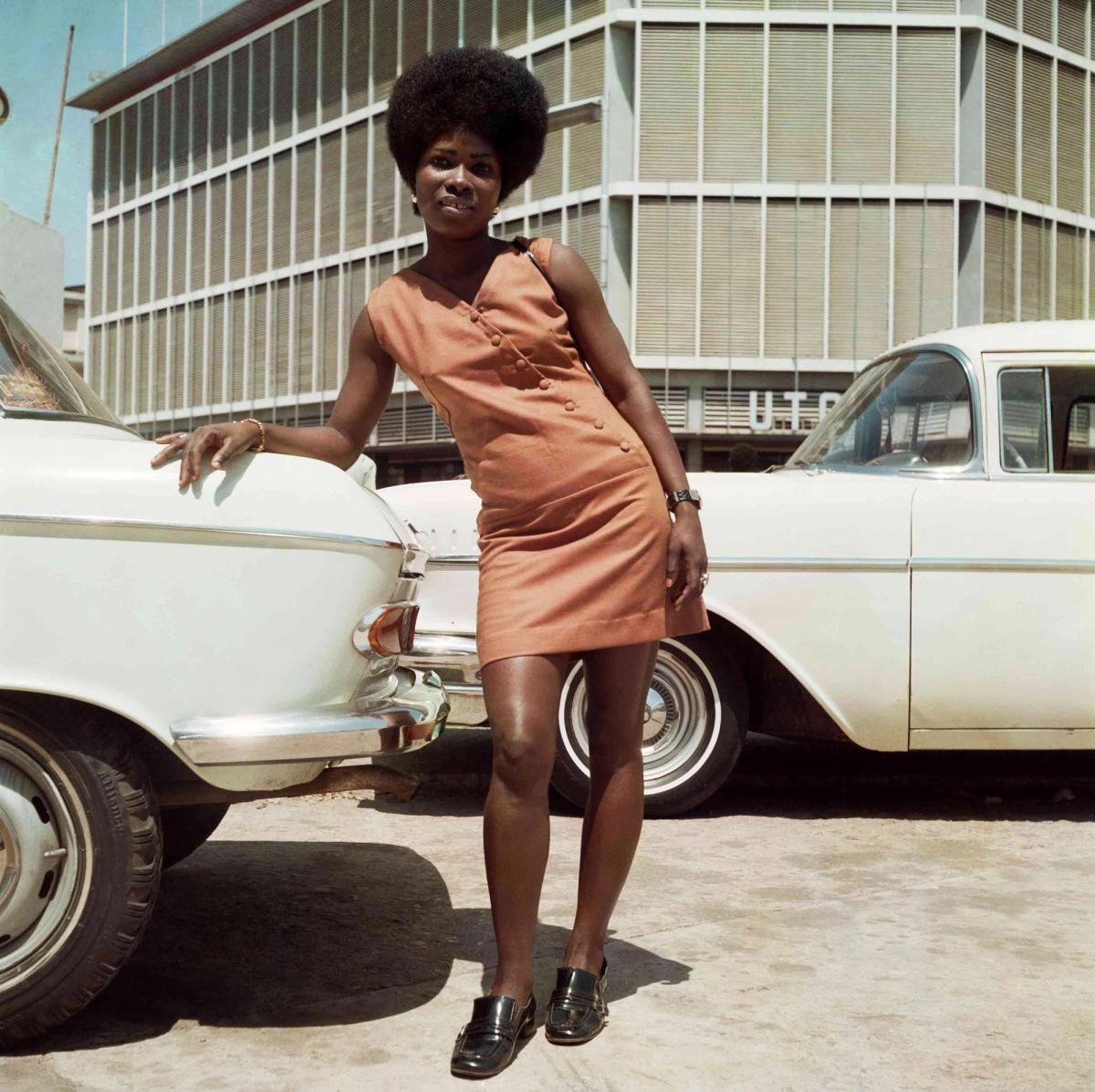A series of events celebrating the life and work of the pioneering Ghanaian-British photographer James Barnor will take place across Ghana this summer.
The programme, titled James Barnor 95 Festival and expected to launch at the end of May, has been arranged to coincide with the artist’s 95th birthday. It was conceived by the gallerist Clémentine de la Féronnière following a conversation with Barnor during which he expressed his “wish” to spend the special occasion in his homeland.
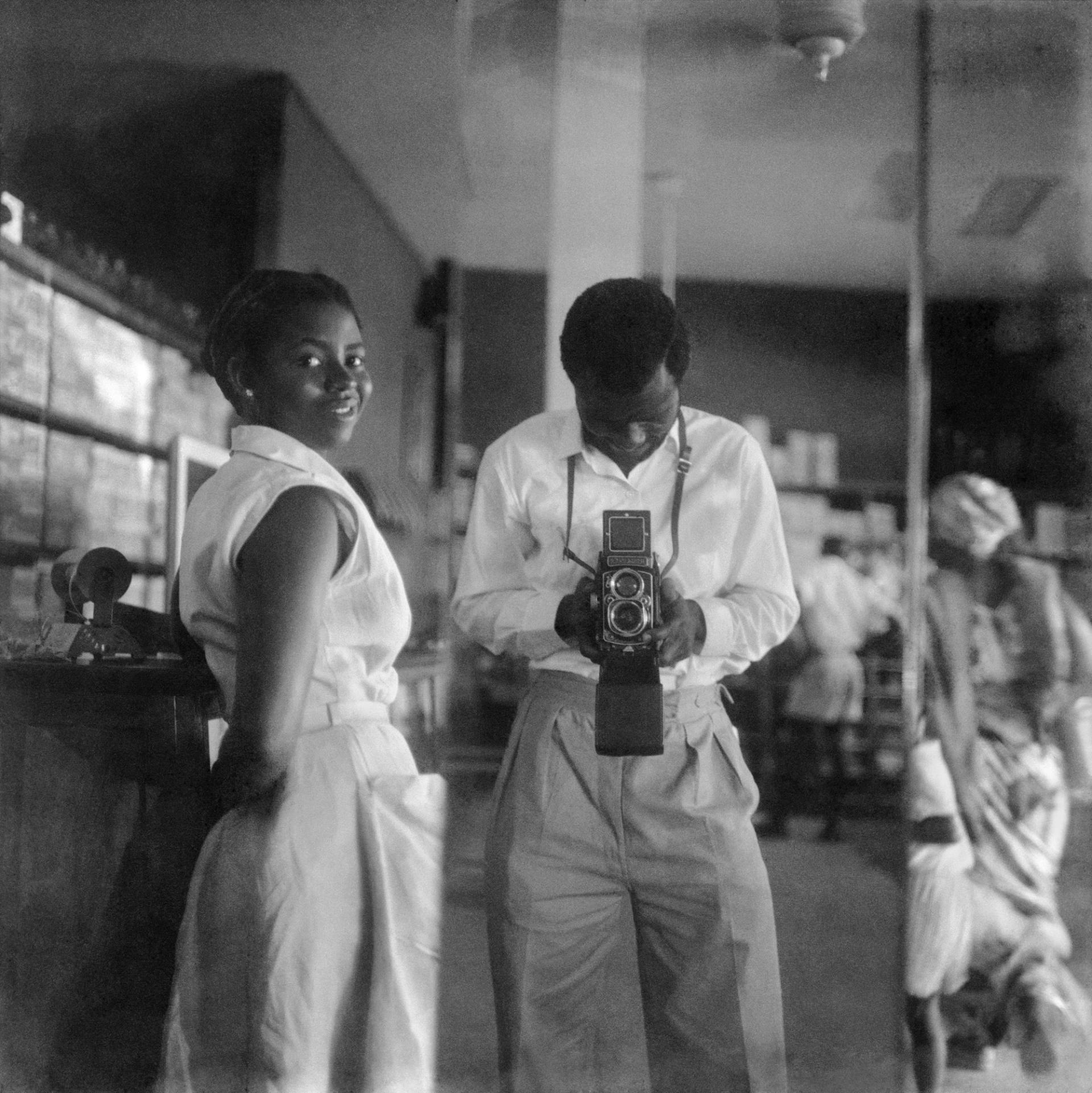
James Barnor, Self-portrait with a store assistant at the West African Drug Company, central Accra (around 1952)
© James Barnor / Courtesy galerie Clémentine de la Féronnière
For more than six decades, Barnor, born in Accra in 1929, has photographed major social, cultural and political developments across Ghana and England. As a young man, he became his country’s first photojournalist, chronicling for the newspaper The Daily Graphic the rise of Kwame Nkrumah, Ghana's first president, for example, and the country’s transition to independence from the United Kingdom in 1957. He also set up his first studio, Ever Young, in 1953. After moving to England in 1959, he captured growing multiculturalism, the Swinging Sixties cultural revolution and the African diaspora—his images regularly appearing in Drum, the influential South African magazine which had offices in London.
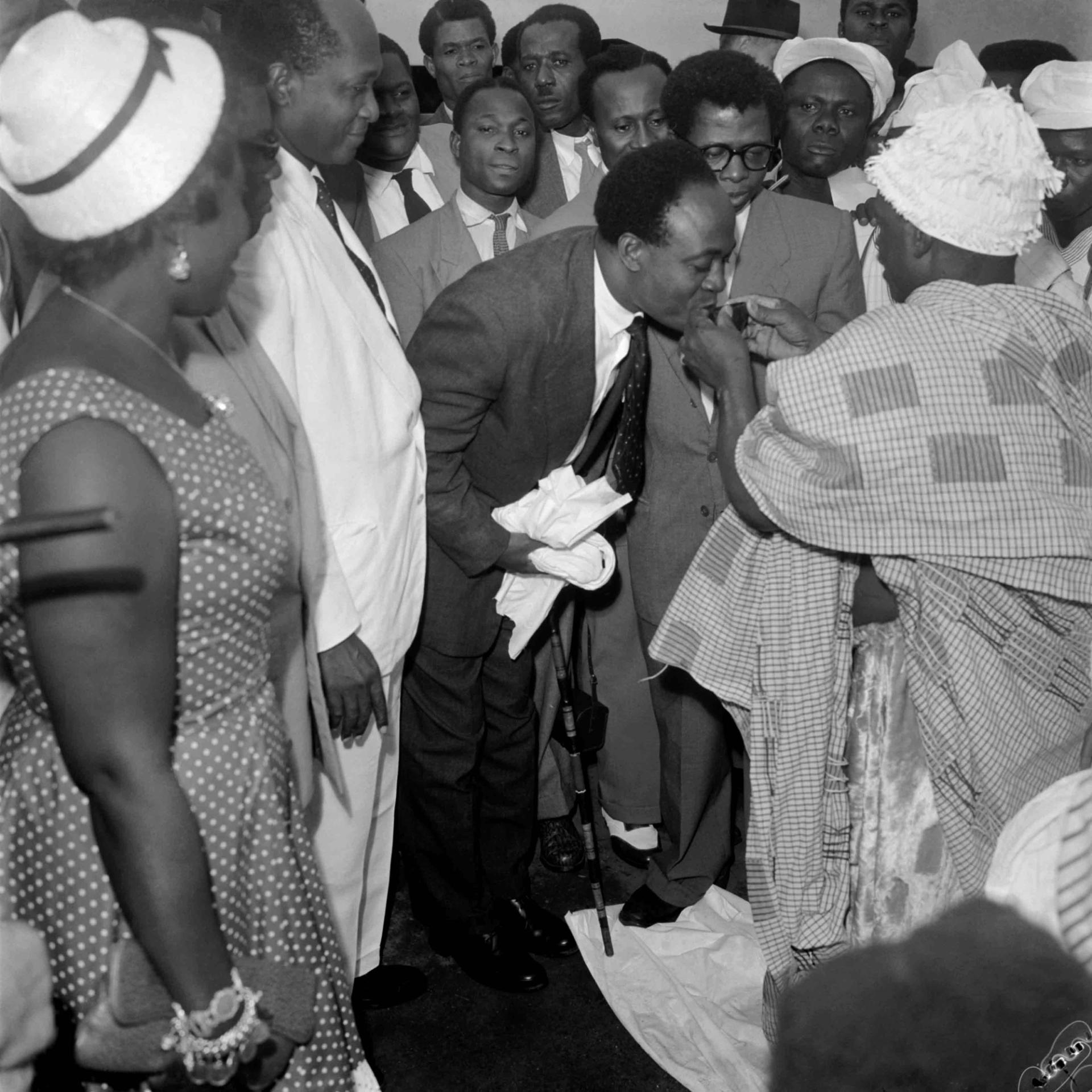
James Barnor, Kwame Nkrumah welcomed home upon his return from London in 1957 after the conference of Prime Ministers of the Commonwealth, Accra (July 1957)
© James Barnor / Courtesy galerie Clémentine de la Féronnière
Barnor is also credited with setting up the first colour processing laboratory in Ghana, after returning there in the 1970s. He moved to London again in 1994, where he lives today.
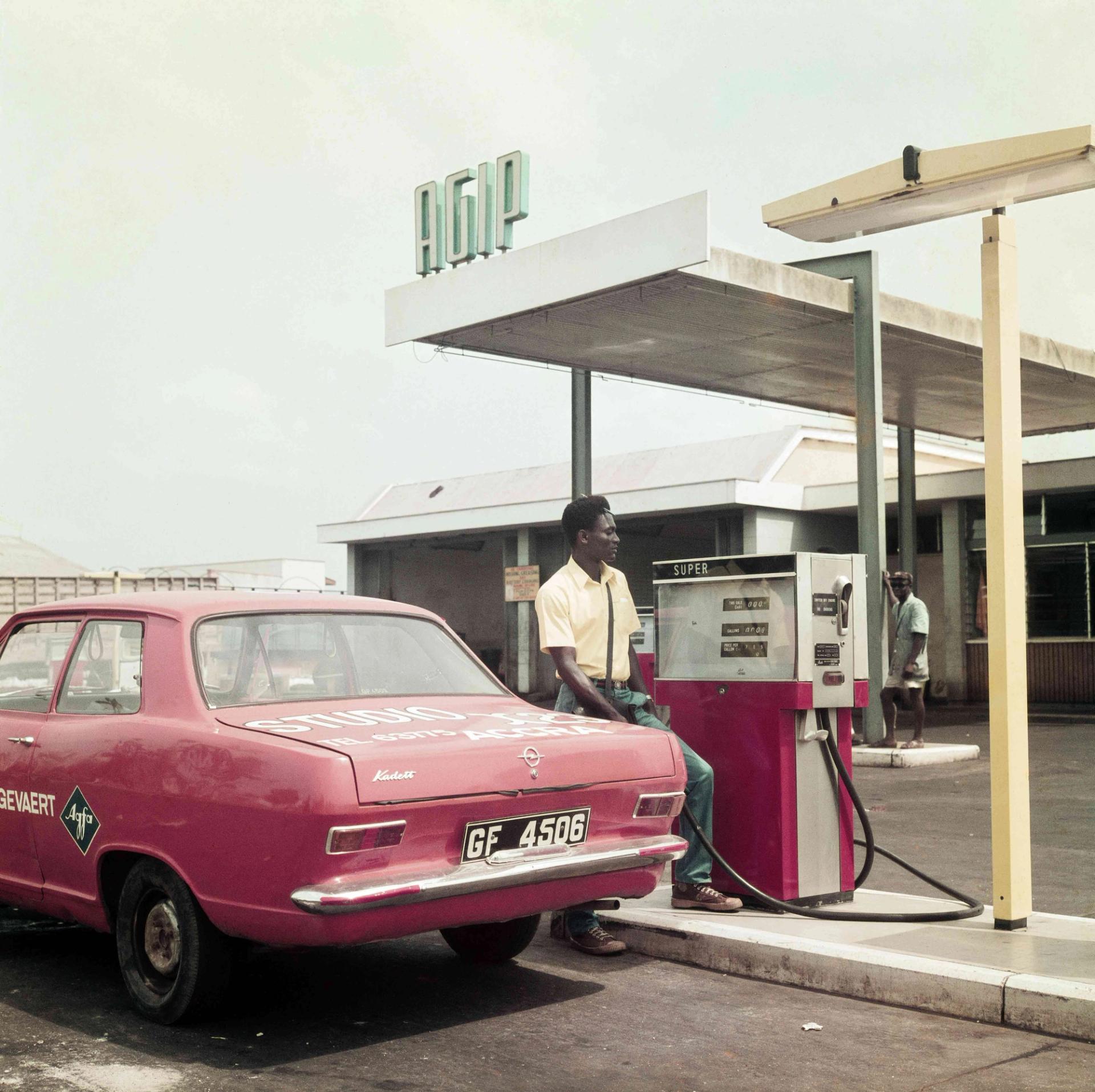
James Barnor, Filling up the Studio X23 car at the Agip petrol station for its 1974 calendar, Accra (1973)
© James Barnor / Courtesy galerie Clémentine de la Féronnière
In recent years, Barnor’s birthdays have coincided with exhibitions of his work at the Serpentine Galleries and Victoria and Albert Museum in London, and the Galerie Clémentine de la Féronnière in Paris. This year’s festival takes it up a gear, with exhibitions taking place at around eight spaces in Accra and Tamale. Among them is a retrospective at the Nuku Studio in Tamale (opening 29 May), and a show about “Barnor on the road”, opening on 2 June at Savannah Centre for Contemporary Art in Tamale. BOLD, opening on 1 June at the Institute Museum of Ghana, meanwhile, will focus on photographs highlighting the “contributions of women in shaping [societal] values“, according to a museum statement, and pair his work with that of contemporary artist Dela Anyah.
Also planned is a panel discussion with Barnor tying to the Bold exhibition (1 June), in the 1950s; as well as music and dance performances; documentaries screenings; and free community archiving and photojournalism workshops. An anthology of Barnor’s work is due to be published on 29 June.
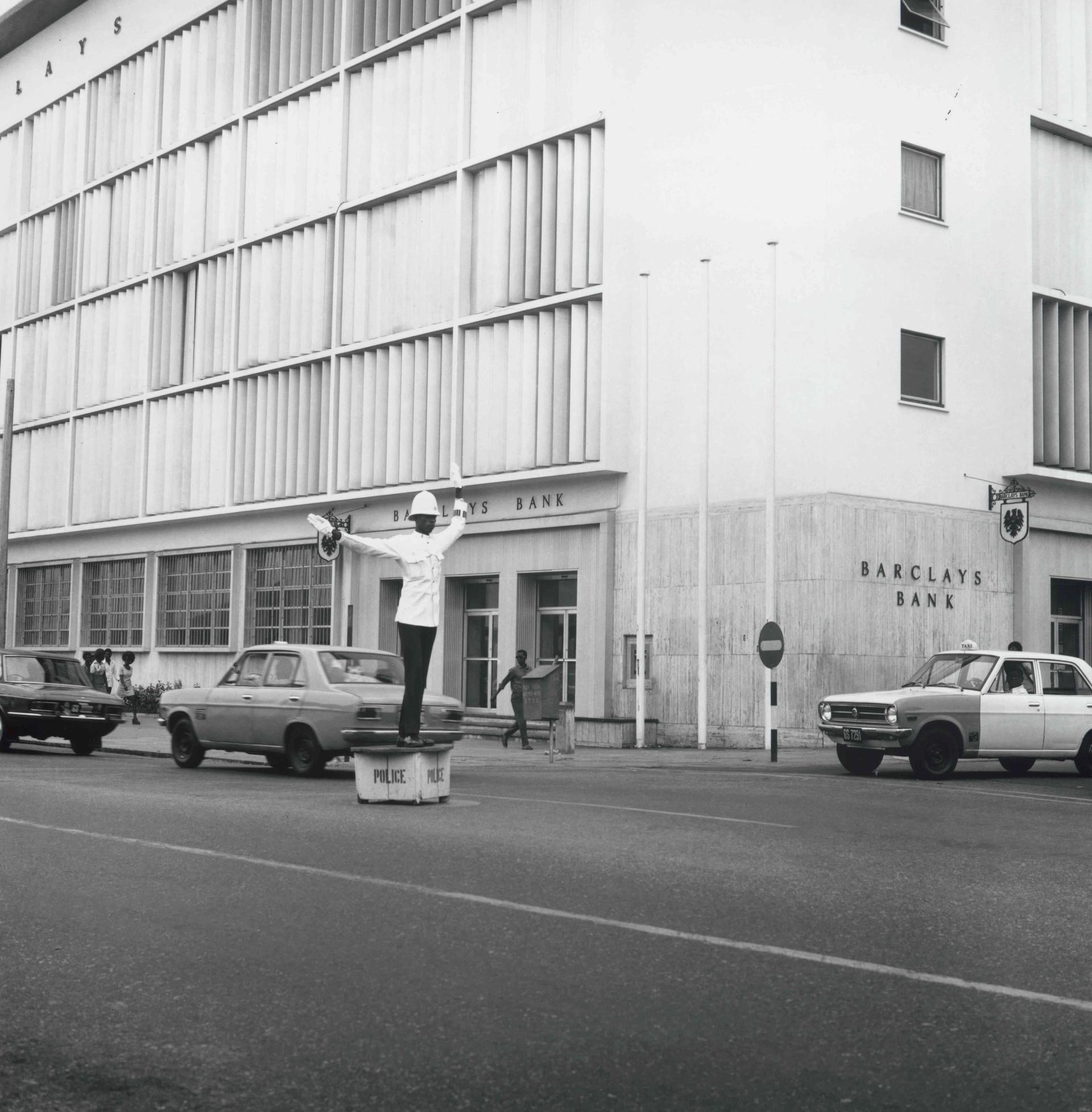
James Barnor, A traffic officer on duty in the business district (Atta Mills High Street), Accra (1970s)
© James Barnor / Courtesy galerie Clémentine de la Féronnière
Speaking to The Art Newspaper, De la Féronnière says that, even though Barnor has connections with Ghanaian artists, she is looking forward to seeing his “reaction” to ”the quality of the contemporary art scene in Ghana”, upon his return there. The festival will also be a chance for Ghanaians to enjoy a wide range of Barnor’s output, which is an important record of ”the history of Ghana and by extension of Africa”, she adds.
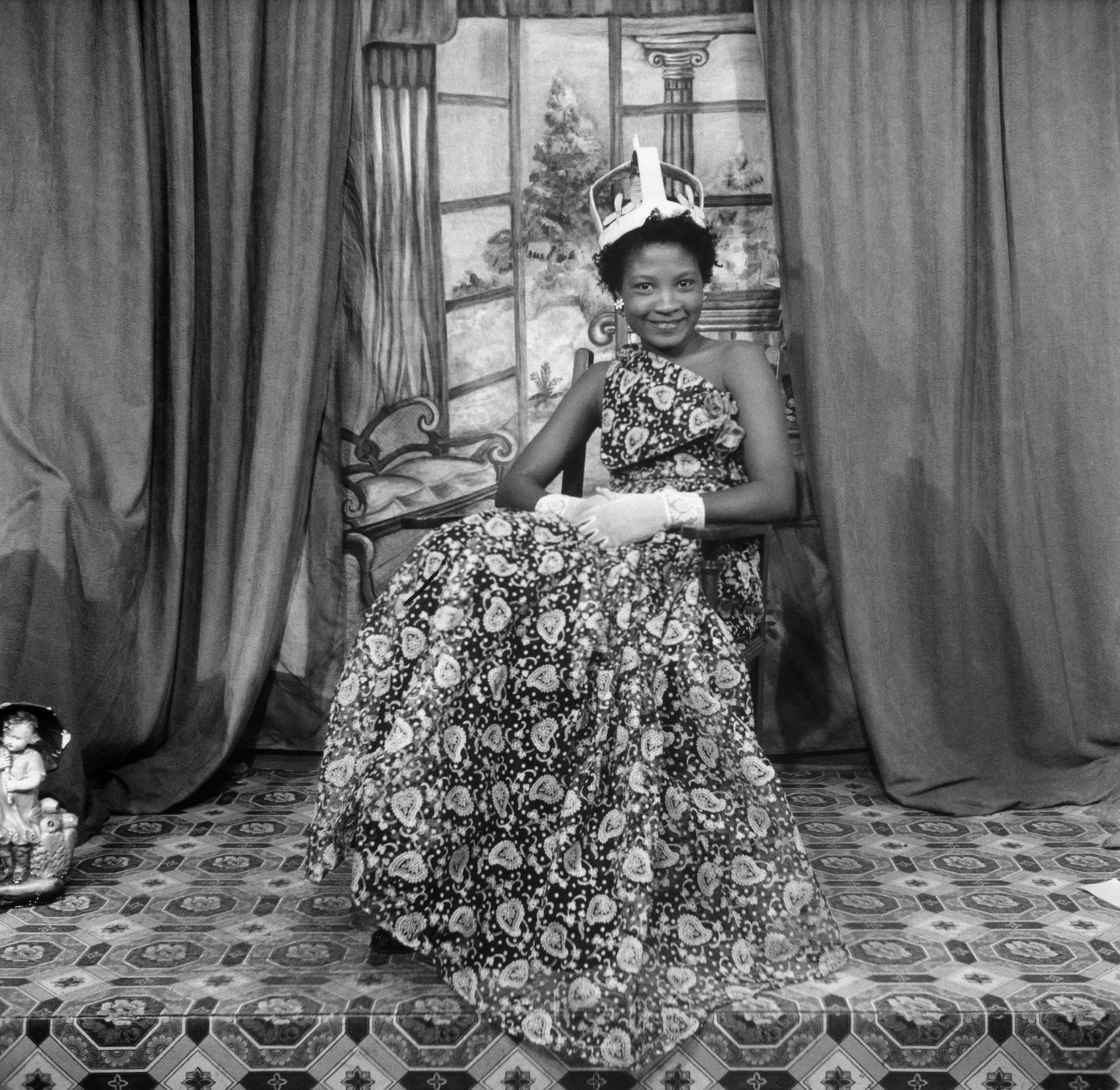
James Barnor, Naa Jacobson as Ballroom Queen after a fashion show, Ever Young Studio (around 1955)
© James Barnor / Courtesy galerie Clémentine de la Féronnière
Key to the festival is a mission to take the work and broadcast it to a wider public, who might otherwise not have access to it, says Féronnière. Indeed, one of the more unusual events will be an exhibition on an airplane, purchased by the artist Ibrahim Mahama, which will travel by road from Accra to Tamale, making stops in six regions along the way.
Féronnière hopes that showing Barnor’s photographs across the country will provide a “democratisation of the work”. This speaks to, she adds, “one of the very important peculiarities of James as an artist”, who, from the very beginning of his career, has loved to share and help others.


